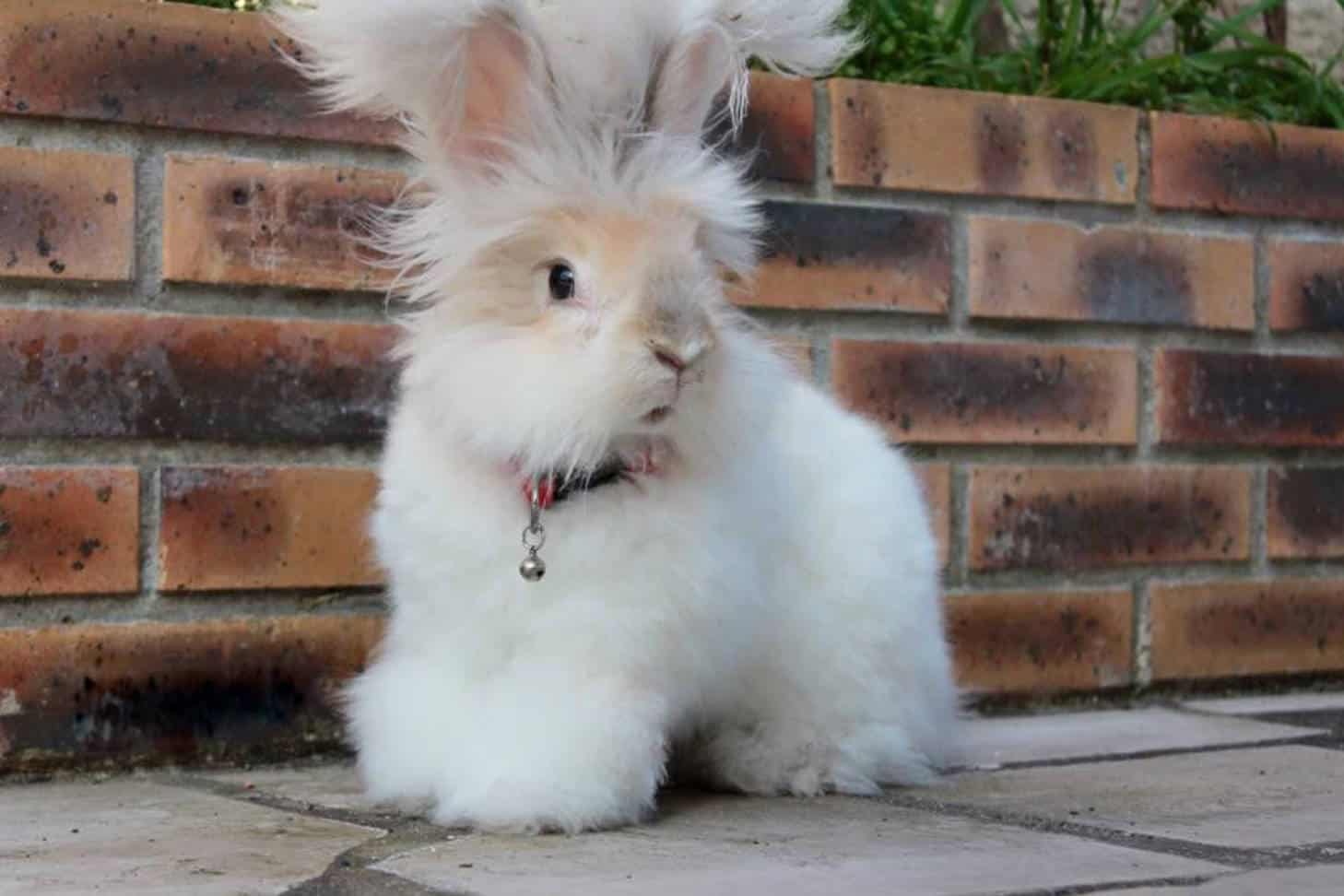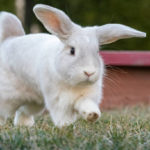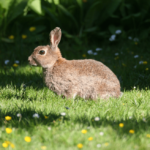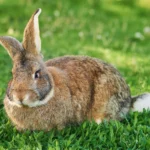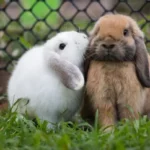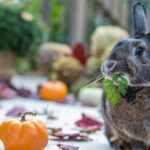The Angora rabbit is one of the oldest types of domestic rabbits. It is raised for the long fibers in its coat, which are called Angora wool.
These fibers can be sheared, combed, or plucked. Rabbits don’t have the same qualities that make people allergic to other animals, so their wool is an important alternative.
There are at least 11 different breeds of Angora rabbits. The American Rabbit Breeders Association recognizes four of them: the English Angora, the French Angora, the Giant Angora, and the Satin Angora.
Others include German Angora, Chinese Angora, Finnish Angora, Japanese Angora, Korean Angora, Russian Angora, St Lucian Angora, and Swiss Angora
Angora-Rabbit wool
Angoras are bred mainly for their wool, which is silky and soft. At only 14–16 micrometers in diameter, it is similar to cashmere in fineness and softness to the touch.
A healthy adult angora’s wool will grow approximately 3 centimeters per month.
Regular grooming is necessary to prevent the fiber from matting and felting on the rabbit, which causes discomfort and can lead to pain and even infection.
Angora wool is harvested every three to four months throughout the year. The coat needs to be monitored after 6 months of regrowth since it may tend to “die” and easily mat.
Angora wool may be gathered periodically by hand-plucking the hairs within the coat that are being naturally shed.
Full harvesting is done by shearing the coat with clippers or small scissors, often while the rabbit sits atop a groomer’s turntable.
Shearing typically starts at the head, moving across the shoulders to the tail.
The rabbit is then flipped and the underside is shorn from tail to chin. Between 340 and 510 g (12 and 18 oz) of wool may be harvested from a Giant Angora.
Characteristics of the English Angora Rabbit
The English Angora rabbit is known for how it looks, for sure. Most of the time, two to nine babies are born at once.
The price of an English Angora can range from $50 to $250, depending on whether you want a pet or a show rabbit.
- APPEARANCE: Angora rabbits are small. 5-6 pound rabbits are common. Compact body, broad, flat head, short ears. They have fur on their ears, their faces, as well as woolly feet.
- COAT: The English Angora’s coat is thick, woolly, and silky. They have facial furnishings and their entire body, even their feet, are covered in fur. Regular brushing can help to prevent matting
- COLOR: Angora’s coat can come in a range of colors. The color your Angora will be will depend on what color group they are in. These groups include the agouti group, white group, broken group, shaded group, and self group. The most common colors are white, black, blue, chocolate, blue tort, black tort, chocolate, tort, and chestnut.
- LIFESPAN: The Angora rabbit has a life expectancy of between 7 and 12 years.
- TEMPERAMENT: The English Angora is a good-tempered rabbit that makes a wonderful companion. They are very sociable and will love to spend time with their family members. They will especially bond with the person who is in charge of grooming them because it has to be done so often!
Food and Diet
The exact amount you feed your Angora should be based on size, age, and activity level.
They should be eating a portion of hay that is at least their body size every day, alongside pellets and fresh vegetables. Fresh water should also always be available to them.
Hay is very important as it helps to keep their digestive system moving, as well as helping to wear down their teeth, so they are less prone to dental issues.
At least 70% of your rabbit’s diet should be hay.
